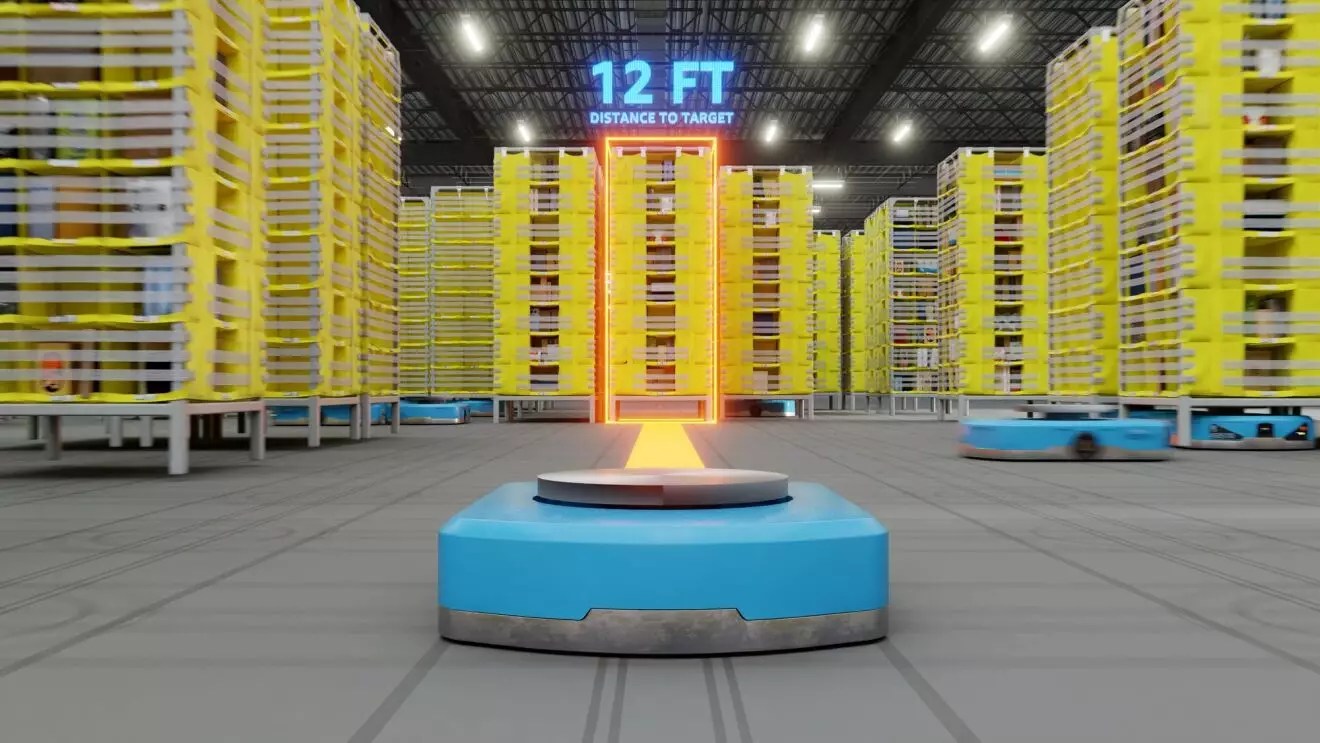Amazon’s relentless pursuit of automation has fundamentally reshaped the landscape of global commerce. With the deployment of its one millionth robot, the retail giant demonstrates not only its scale but also its unwavering commitment to redefining efficiency in logistics. For years, critics have questioned the human cost of such automation, but Amazon’s narrative suggests a different perspective—one of empowerment and transformation. The impressive milestone marks a pivotal point where robot integration is more than experimental; it’s a cornerstone of Amazon’s operational strategy.
Robots, often viewed as cold, unfeeling machines, are now embedded within Amazon’s very fabric. From state-of-the-art mobile automata to specialized bots like Vulcan, these machines are no longer just assistants—they are essential partners in daily operations. This transition signifies a shift in how we conceive of work itself. While some see the replacement of manual labor as a threat, Amazon frames it as an evolution where human roles are elevated. Instead of physically demanding tasks, workers are now overseeing, optimizing, and managing intelligent systems, potentially leading to more meaningful employment within the industry.
Artificial Intelligence: The Catalyst for Unmatched Efficiency
At the heart of Amazon’s robotic revolution lies advanced AI technology. The introduction of DeepFleet, a generative AI foundation model, signals a new era of coordination and efficiency. By enabling robots to act more cohesively, this AI directly contributes to a 10% reduction in travel time within fulfillment centers, resulting in faster deliveries and lower costs. This is not just a marginal improvement; it’s a fundamental enhancement that influences the entire supply chain.
The deployment of AI-driven systems also brings up intriguing questions about scalability and adaptability. As these systems refine themselves over time, the potential for exponential improvement becomes a real possibility. The introduction of Vulcan, with its ability to learn and self-optimize, exemplifies Amazon’s vision of a future where robots are not static tools but dynamic entities capable of evolving beyond their initial programming. Such technology opens doors to innovations that could radically alter how warehouses operate and how products are shipped worldwide.
Redefining Employment and Human Roles
Contrary to dystopian narratives that predict mass displacement, Amazon’s approach seems to focus on upgrading human roles. The story of Neisha Cruz illustrates this paradigm shift convincingly. Transitioning from physically strenuous jobs to oversight and management positions, she now earns significantly more while performing less taxing work. This pattern suggests that automation can serve as a catalyst for workforce enhancement rather than obliteration.
However, whether this model is widespread remains uncertain. While some workers are upsized to more rewarding roles, it’s critical to question the overall impact on the labor force. Will automation deepen inequalities or provide pathways for economic mobility? Amazon’s optimistic outlook is that robots handle the mundane, freeing humans for tasks that demand creativity, judgment, and emotional intelligence. Nevertheless, implementation disparities and regional differences will significantly influence the actual experience of Amazon’s workforce across the globe.
Implications for Global Commerce
The astonishing figures regarding Amazon’s productivity—shifting from 175 packages per employee per year in 2015 to approximately 3,870 today—highlight a revolution in shipping logistics. With efficiency gains of this magnitude, it’s no exaggeration to suggest we are witnessing the dawn of a new era in global commerce. Envision a world where billions of packages are moved seamlessly across the planet through integrated robotic systems—a near-impossible feat without the technological backbone Amazon has pioneered.
Yet, these advancements come with profound questions. How sustainable is this model in the long term? What are the environmental impacts of deploying such vast numbers of robots? And, more critically, what does this mean for the consumer? Amazon’s promise of faster, cheaper deliveries may be a reality today, but at what societal and economic cost? While the numbers seem almost fantastical, the long-term consequences remain largely uncertain, posing a challenge to policymakers, technologists, and society at large to navigate this brave new world responsibly.
Amazon’s automation journey is undeniably impressive, yet it invites us all to critically reflect on the future of work, innovation, and societal progress. As machines become more intelligent and ubiquitous, our roles in the economy, our ethical considerations, and our sense of humanity will be tested in unprecedented ways.


Leave a Reply